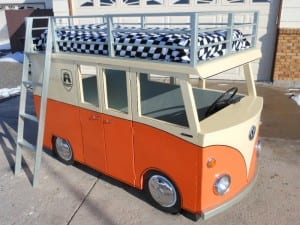Last Updated on February 9, 2024 by teamobn
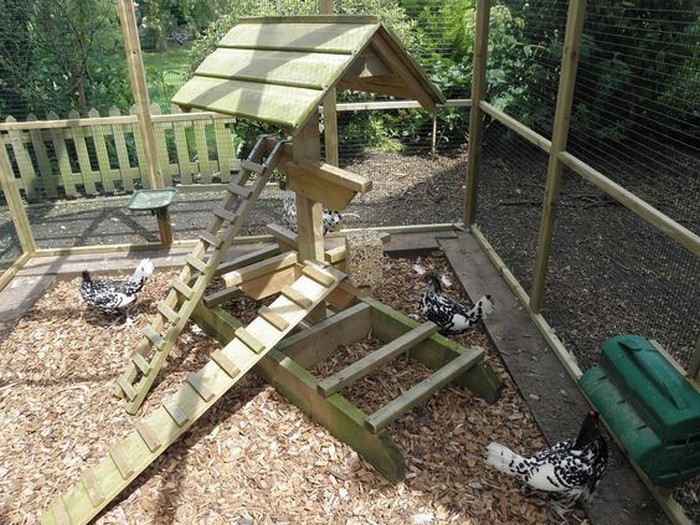
Just like humans, chickens need to exercise to stay healthy and happy. Without enough physical activity, their bodies are weak and they become unhappy. Exercise is important for chickens for several reasons. It helps them to stay strong and fit and can help to prevent obesity. A chicken jungle gym is the ticket to make your poultry fit.
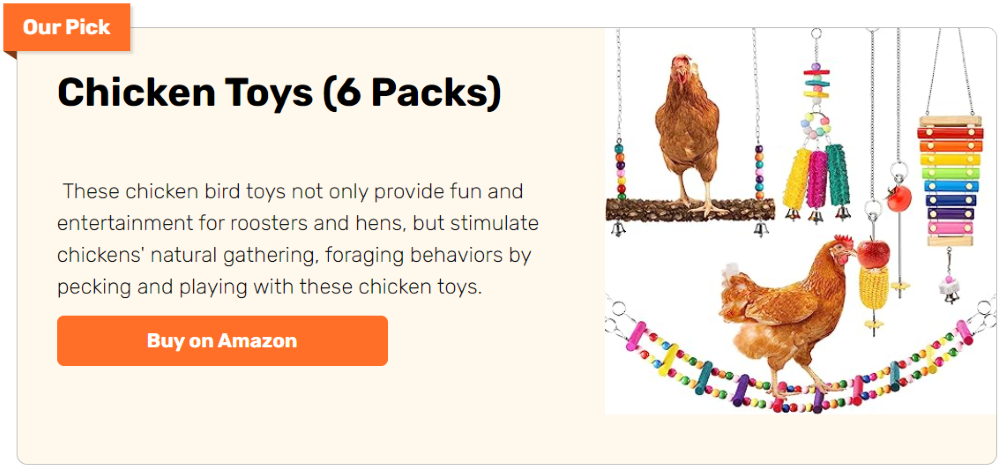
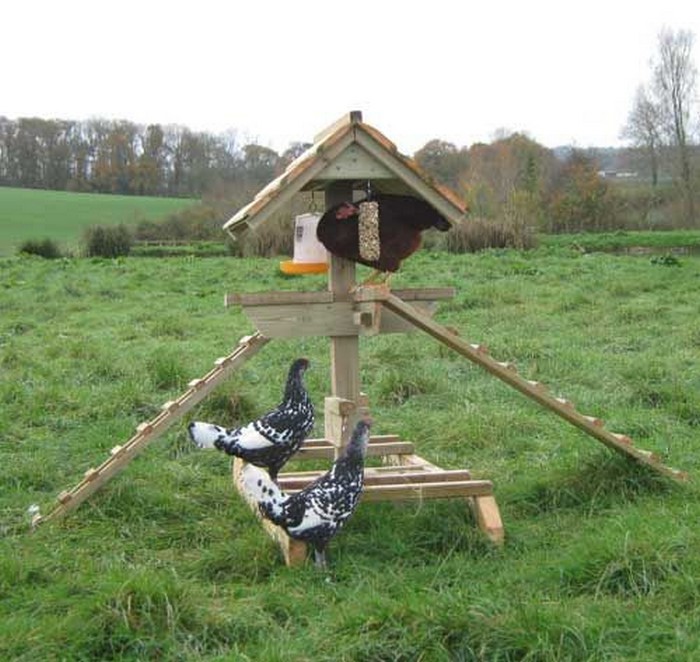
This simple project can be made entirely from scrap timber or tree branches and will provide your chickens with hours of fun and exercise.
Not only will a chicken jungle gym keep your chickens healthy and active, but it will also provide them with a much-needed sense of fun and excitement. After all, chickens are intelligent creatures that need more than just food and water to thrive. So why not give your chickens the gift of a chicken jungle gym today?

When building a jungle gym for your birds, it is important to remember that it should be a tall, vertical structure. This way, they can work out the muscles they use for climbing and perching. By providing them with this environment, you encourage them to stay active and healthy.
One way to create an enriching environment for your chickens is to build a jungle gym out of different types and sizes of timber and branches. This will provide them with a stimulating environment to explore and plenty of opportunities to exercise. Not only will this help to keep them healthy and active, but it will also provide them with mental stimulation and enrichment.
If you’re interested in building a jungle gym for your chickens, take a look at our gallery for some inspiration on how to construct your own chicken jungle gym! Plus, it’s a great way to recycle some old materials around your property. So get creative and start building your own chicken jungle gym!
Contents
- 1 DIY Chicken Jungle Gym Construction Guide
- 2 Benefits of Physical Activities for Chickens.
- 3 Safety Tips for Building a Chicken Jungle Gym
- 4 FAQ on Building a Backyard Chicken Jungle Gym
- 4.1 What materials do I need to build a chicken jungle gym?
- 4.2 What tools are required to construct the jungle gym?
- 4.3 How do I ensure the jungle gym is safe for my chickens?
- 4.4 Can I use branches from my garden in the jungle gym?
- 4.5 How often should I inspect the chicken jungle gym for safety?
- 4.6 Is it necessary to treat the wood used in the jungle gym?
- 4.7 How can I encourage my chickens to use the jungle gym?
- 5 Conclusion
DIY Chicken Jungle Gym Construction Guide
Materials
- Plywood
- Branches
- Timber (different sizes)
- Wood Screws
Tools
- Saw
- Cordless Drill
- Sander
Instructions
Step 1: Design Your Jungle Gym
Start by sketching a design for your chicken jungle gym. Consider including various levels, ramps, perches, and platforms to encourage climbing and exploring. Ensure the design fits the space available and is suitable for the number of chickens you have.
Step 2: Prepare the Base
- Cut a piece of plywood to the desired size for the base using the saw. This will provide stability to the jungle gym.
- Sand the edges of the plywood to prevent splinters.
Step 3: Create the Frame
- Using timber, cut four pieces to serve as the vertical posts of the frame. The height can vary depending on your design but ensure it’s tall enough for chickens to enjoy climbing.
- Drill holes into the ends of each timber post and secure them to the corners of the plywood base with wood screws using the cordless drill.
- Add horizontal and diagonal braces between the vertical posts to stabilize the structure.
Step 4: Add Climbing and Perching Elements
- Cut branches and timber into various lengths to serve as perches, ramps, and climbing bars.
- Secure these elements between the vertical posts at different heights and angles to encourage exploration. Use wood screws to attach each piece securely.
Step 5: Create Platforms
- Cut additional pieces of plywood or timber to create platforms at various levels within the jungle gym.
- Secure the platforms to the vertical posts or directly onto the climbing and perching elements using wood screws.
Step 6: Sand and Smooth
- Once all elements are in place, use the sander to smooth any rough surfaces or edges on the jungle gym. This step is crucial to prevent splinters and ensure the safety of your chickens.
Step 7: Final Inspection
- Inspect the chicken jungle gym thoroughly to ensure all screws are tight and there are no loose parts or sharp edges.
- Make sure the structure is stable and secure on the ground.
Step 8: Introduction
- Introduce your chickens to their new jungle gym slowly. You might place treats on various levels to encourage exploration.
Click on any image to start the lightbox display. Use your Esc key to close the lightbox. 😎
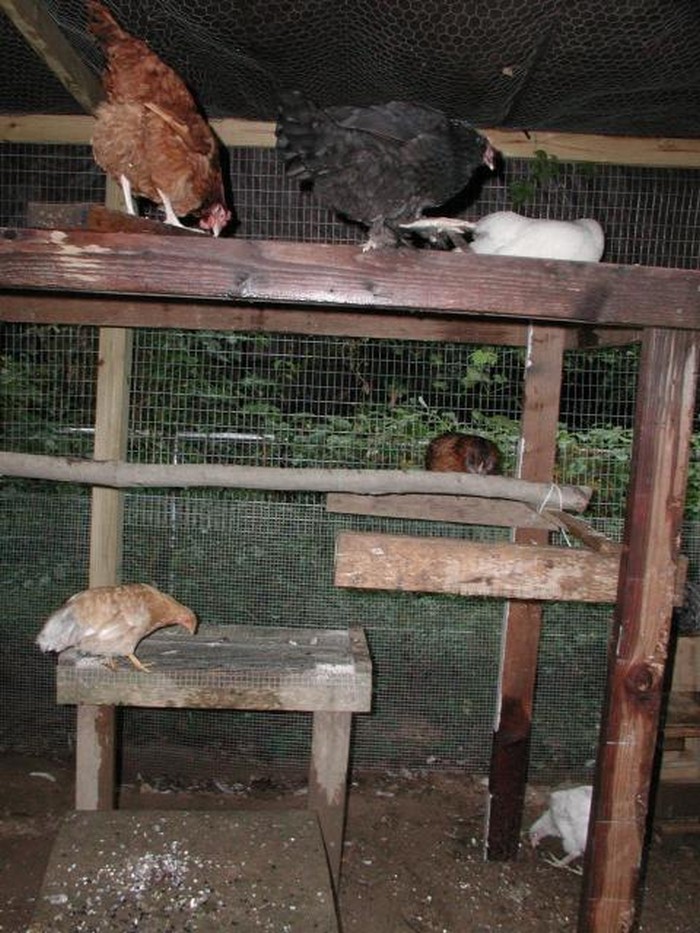

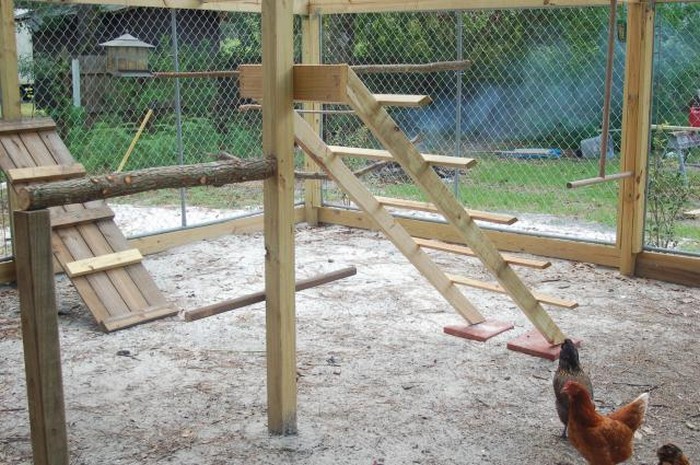
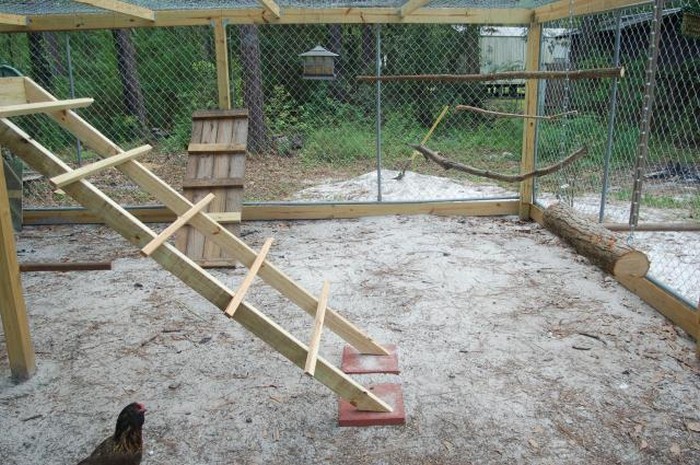
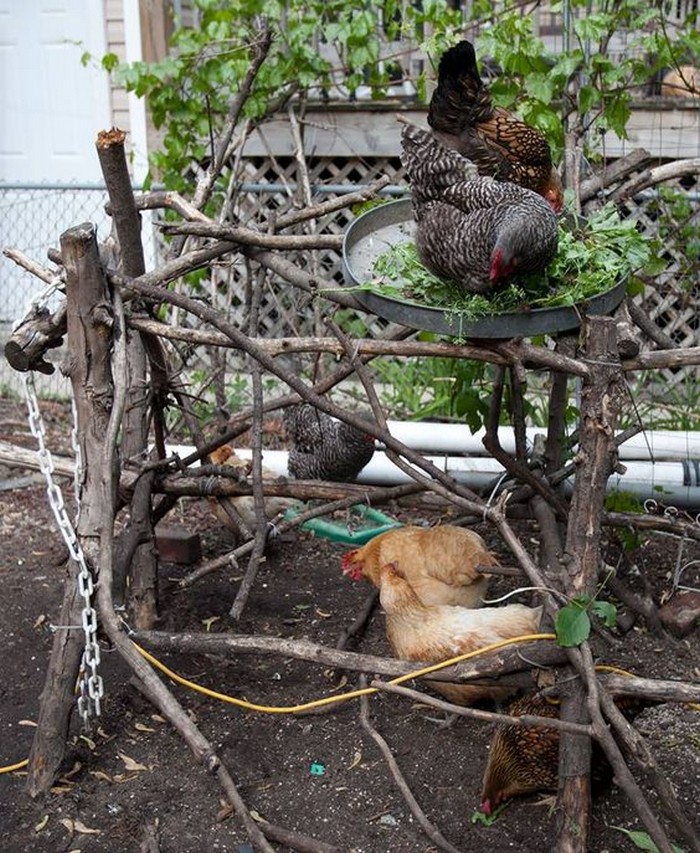


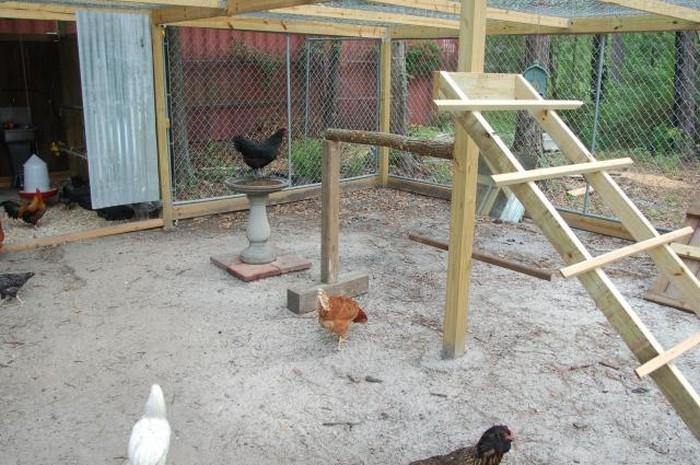
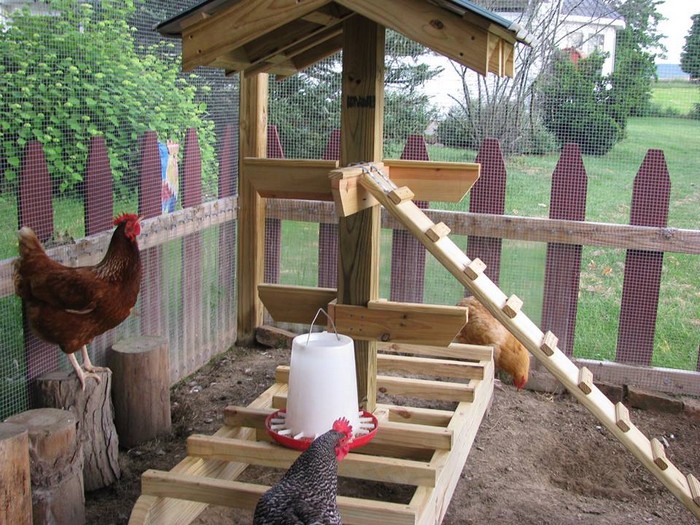
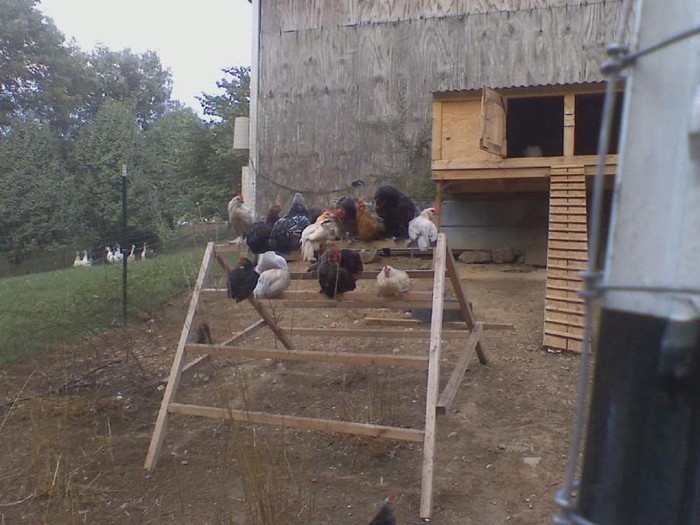
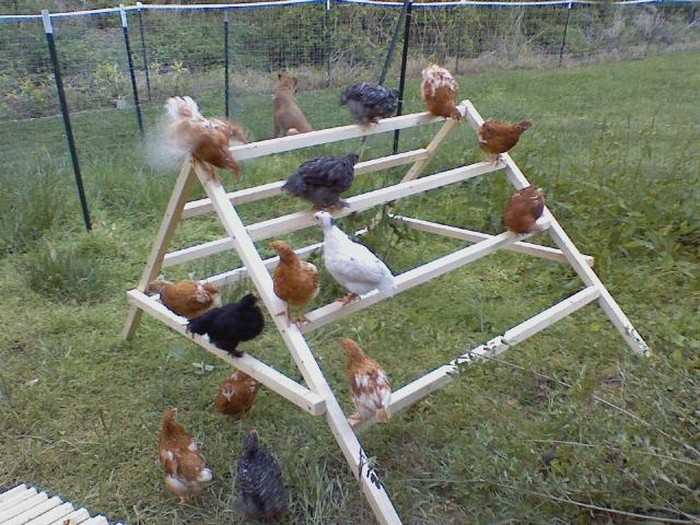
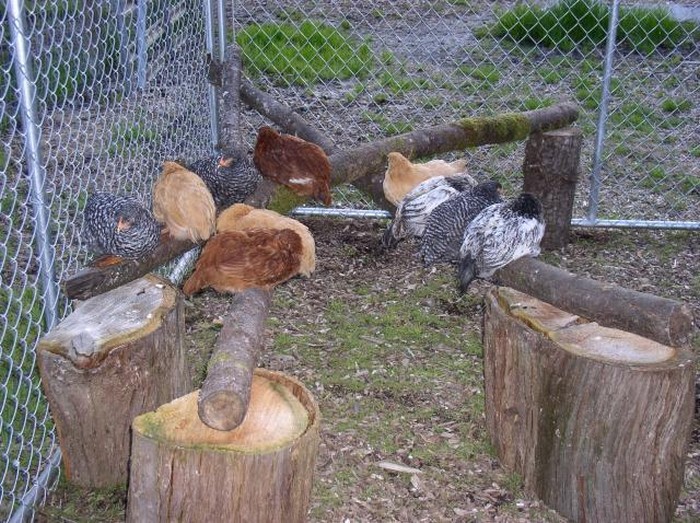
Benefits of Physical Activities for Chickens.
Physical activities play a vital role in maintaining the health and happiness of backyard chickens. Like humans, chickens benefit from regular exercise to stay fit and healthy. Incorporating structures like a chicken jungle gym in your backyard adds fun to their daily routine and supports their overall well-being.
Let’s dive into the benefits of physical activities for chickens and how a chicken jungle gym can make a difference.
Improved Health and Fitness
Regular engagement with a chicken jungle gym plays a crucial role in maintaining the health and fitness of your backyard chickens. The dynamic environment of a chicken jungle gym is designed to prevent obesity, a common problem in chickens that lack adequate space to move.
This unique setup encourages chickens to indulge in various physical activities such as climbing, jumping, and exploring. These activities are not just fun but essential for enhancing muscle strength and promoting cardiovascular health.
The chicken jungle gym ensures your chickens are not just confined to their coop but have ample opportunity to stay active and fit. Incorporating a chicken jungle gym into their routine gives your chickens a natural way to exercise, mimicking their behaviors in the wild and significantly improving their overall health and fitness levels.
Enhanced Bone and Joint Health
A chicken jungle gym offers more than just entertainment for your chickens; it supports their physical health, specifically bone density and joint health. The design of a chicken jungle gym, with its various levels and components, encourages chickens to engage in various physical activities.
As they climb to different heights and perch on various platforms, chickens use different muscle groups and joints. This variety in movement is critical for preventing conditions like arthritis and other bone-related issues arising from a sedentary lifestyle.
The chicken jungle gym’s diverse physical challenges ensure chickens develop strong, healthy bones and joints. This proactive approach to their physical well-being helps in avoiding the common health pitfalls associated with lack of exercise, making the chicken jungle gym an invaluable addition to any backyard flock’s environment.
Reduced Stress Levels
A chicken jungle gym is a perfect avenue for chickens to expend their energy positively and significantly reduce stress levels. The varied activities available on a chicken jungle gym, from climbing to exploring, provide chickens with a stimulating environment that caters to their instincts.
This environment drastically lowers instances of aggression and boredom among the flock. When chickens have access to a chicken jungle gym, they are more likely to engage in physical play, which not only tires them out physically but also provides a psychological outlet for any pent-up energy.
This leads to a more balanced and harmonious flock, where stress-induced behaviors such as feather pecking are minimized. Introducing a chicken jungle gym into their habitat transforms the backyard into a playground, promoting a happy, stress-free life for your chickens.
Mental Stimulation
Chickens possess a natural curiosity and intelligence that thrives on exploration and learning. With its assortment of obstacles and features, a chicken jungle gym is an ideal tool for mentally stimulating these feathered friends. The complexity and variety offered by a chicken jungle gym keep their minds active and engaged, crucial for their cognitive development and well-being.
This enriched environment encourages chickens to practice natural behaviors like foraging and exploring, which are essential to their instincts. By navigating through different levels and challenges on the chicken jungle gym, chickens enjoy physical exercise and mental workouts.
This combination enhances their quality of life, ensuring they remain physically healthy and mentally stimulated. A chicken jungle gym is more than just a physical structure; it’s a catalyst for promoting a vibrant, engaging lifestyle for chickens, encouraging them to explore their world in ways that satisfy their innate curiosity and intelligence.
Incorporating a chicken jungle gym into your backyard provides your chickens with many benefits, from physical health to mental well-being. It’s an investment in your flock’s happiness and longevity, ensuring they lead active, healthy lives.
Safety Tips for Building a Chicken Jungle Gym
Building a chicken jungle gym is a fantastic way to provide your feathered friends with a stimulating environment that promotes their physical and mental health. However, ensuring the safety of your chickens during the construction and use of the jungle gym is paramount. Follow these safety tips to create a secure playground for your flock.
Choose Safe Materials
When selecting materials for your chicken jungle gym, prioritizing safety is essential. Treated wood, often used in outdoor construction, can contain chemicals harmful to chickens if they peck at or ingest the wood. Choose natural, untreated timber, plywood, and branches to construct your jungle gym to avoid this risk.
Before assembly, take the time to sand down all materials thoroughly. This step is crucial to remove any sharp edges or splinters that could harm your chickens during their play. Ensuring the materials are smooth and free from potential hazards protects your chickens and extends the jungle gym’s lifespan by preventing damage from pecking and scratching.
Ensure Stability
The stability of the chicken jungle gym is vital to prevent accidents that could injure your chickens. A wobbly or unbalanced structure poses a significant risk, especially with active chickens climbing and perching. To ensure stability, the base of the jungle gym should be wide and heavy, providing a solid foundation for the structure.
This is particularly important for taller designs, where the risk of tipping is greater. Incorporating diagonal bracing into your design can significantly enhance the stability of the jungle gym. These braces help distribute the weight evenly and reduce the sway of the structure, ensuring it remains upright and secure, even during vigorous use.
Secure Attachments
Every element, from perches to ramps and platforms, must be securely attached for a chicken jungle gym to be safe and durable. Loose or unstable components are not just a safety hazard; they can also lead to injuries if they fall or collapse while used. To prevent this, use wood screws to firmly attach each piece of the jungle gym.
Wood screws provide a stronger hold than nails and are less likely to loosen over time. However, regular inspection and maintenance are still necessary to ensure the integrity of these attachments. Make it a routine to check for any signs of loosening or wear and tear, and tighten or replace screws as needed. This proactive approach helps maintain the safety and functionality of the chicken jungle gym, ensuring it remains a safe environment for your chickens to explore and enjoy.
Avoid Small Gaps
When designing a chicken jungle gym, it’s crucial to consider the size of gaps within the structure. Small gaps can pose a significant risk to chickens, who may attempt to squeeze through and become stuck or injured. This concern is particularly relevant for spaces between perches and the sides of the jungle gym, where chickens are likely to explore.
To ensure the safety of your flock, carefully measure and adjust the spacing during the design and construction phases. The goal is to eliminate any openings that could potentially trap a chicken.
A good rule of thumb is to make gaps either large enough for a chicken to pass through comfortably or small enough that they won’t attempt to go through. This attention to detail in the design phase will prevent accidents and injuries, making the chicken jungle gym a safe place for your chickens to play and explore.
Smooth Surfaces
The importance of smooth surfaces and edges cannot be overstated in constructing a chicken jungle gym. Chickens are naturally curious and peck, scratch, and explore every part of their environment. Rough edges and unrefined surfaces pose a risk of splinters and cuts, which can lead to injuries and infections.
Using a sander, meticulously smooth down every surface and edge of the jungle gym, paying particular attention to areas where chickens are likely to perch or climb. These areas experience the most interaction and present the highest risk of causing harm.
The sanding process not only enhances the safety of the jungle gym but also contributes to its longevity by minimizing damage from pecking and scratching. Ensuring that all parts of the jungle gym are free from sharp or rough edges will provide your chickens with a safer environment to engage in their natural behaviors, promoting their well-being and your peace of mind.
Check for Toxic Plants
Incorporating natural branches into your chicken jungle gym can add a touch of the wild and provide excellent chicken perching options. However, ensuring that these branches come from non-toxic plants is vital. Many common garden plants and trees can be harmful, or even deadly, to chickens if ingested.
Before adding any branches to your jungle gym, take the time to research or consult a comprehensive list of chicken-safe plants. This step is crucial to prevent accidental poisoning from toxic plants.
Chickens are curious creatures and may peck at or consume parts of the branches. By selecting branches from plants that are safe for chickens, you ensure their environment is stimulating and secure.
Regular Inspections
The construction of your chicken jungle gym is just the beginning. Regular inspections are essential to ensure a safe and enjoyable environment for your chickens. Over time, even the sturdiest structures can suffer from wear and tear.
Set a routine to check the jungle gym for any signs of damage, such as loose screws, weakened wood, or potential hazards that could harm your chickens. This regular maintenance is vital for catching minor issues before they become major problems.
Look for signs of rot in wooden components, especially in outdoor environments where weather exposure can accelerate deterioration. Tighten any loose screws and replace weakened wood as needed to maintain the structural integrity of the jungle gym. By dedicating time to these inspections, you ensure the chicken jungle gym remains a safe and engaging space for your chickens to explore, play, and exercise.
By following these safety tips, you can build a chicken jungle gym that enriches your chickens’ lives and keeps them safe and secure. Safety should always be your top priority, ensuring your chickens enjoy their new playground without risk.
FAQ on Building a Backyard Chicken Jungle Gym
What materials do I need to build a chicken jungle gym?
What tools are required to construct the jungle gym?
How do I ensure the jungle gym is safe for my chickens?
Can I use branches from my garden in the jungle gym?
How often should I inspect the chicken jungle gym for safety?
Is it necessary to treat the wood used in the jungle gym?
How can I encourage my chickens to use the jungle gym?
Conclusion
Building a chicken jungle gym is a fantastic way to enrich your backyard and provide your chickens with a fun and stimulating environment. By following the steps and safety tips outlined, you can create a safe and engaging space that promotes the health and happiness of your flock. Regular inspections and maintenance ensure the jungle gym remains a secure playground for your chickens to enjoy for years.
Do you need more ways to ensure a healthy flock? Read our guide on the 10 best chicken feeders next!





